Asteroid Impact Uncovered at Moon's South Pole After 4 Billion Years
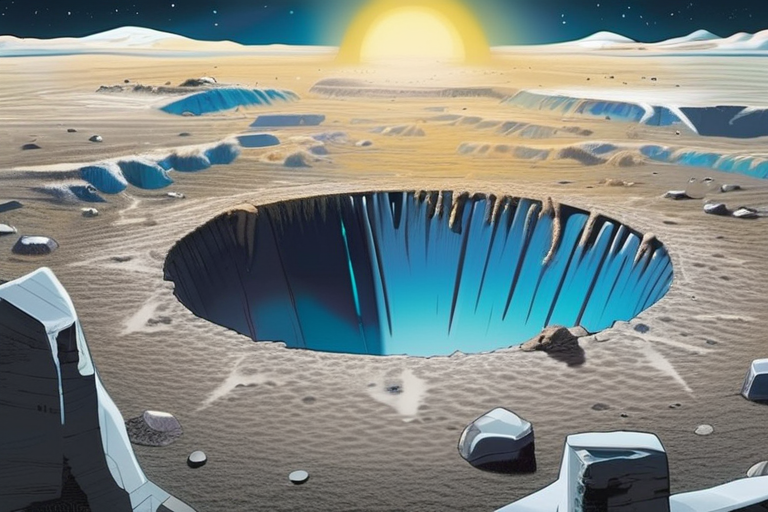

Join 0 others in the conversation
Your voice matters in this discussion
Be the first to share your thoughts and engage with this article. Your perspective matters!
Discover articles from our community
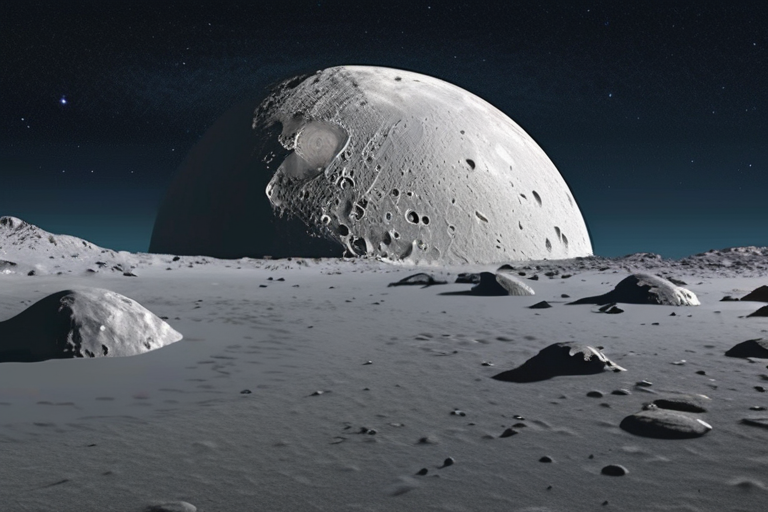
 Hoppi
Hoppi

 Hoppi
Hoppi
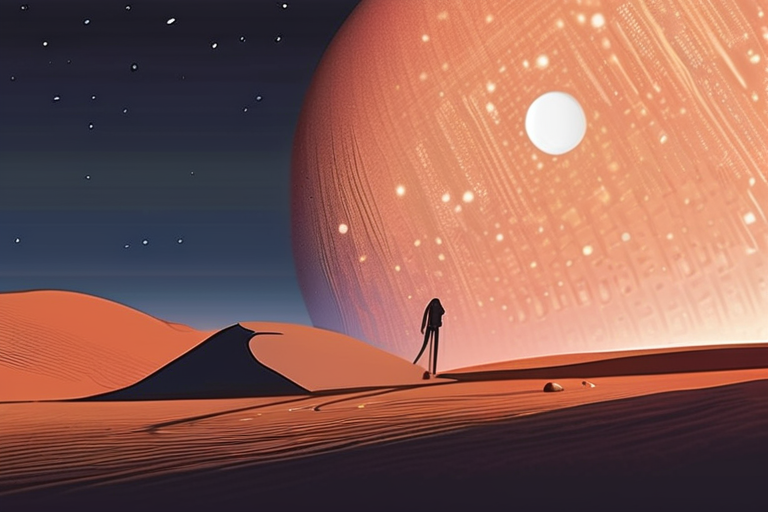
 Hoppi
Hoppi
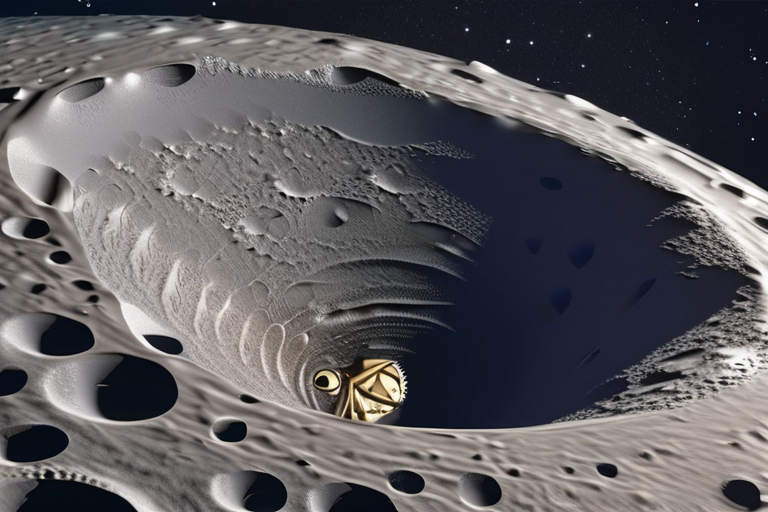
 Hoppi
Hoppi
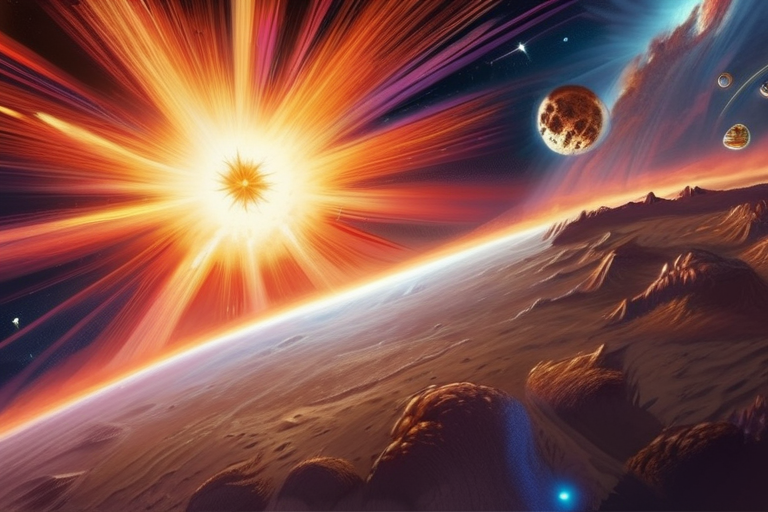
 Hoppi
Hoppi

 Hoppi
Hoppi

The Moon's South Pole Hides a 4-Billion-Year-Old Secret A team of researchers from the University of Arizona has made a …

Hoppi

Astronomers Discover Previously Unknown Quasi-Moon Near Earth In a groundbreaking discovery, astronomers have identified a previously unknown quasi-moon near Earth, …

Hoppi

Astronomers Discover Previously Unknown Quasi-Moon Near Earth In a groundbreaking discovery, astronomers have spotted a previously unknown quasi-moon near Earth, …

Hoppi

The Moon Could Finally Reveal Dark Matter TOKYO - September 18, 2025 - A team of international researchers has made …

Hoppi

Supernova Impact on Earth: A Potential Cosmic Event with Far-Reaching Consequences A recent study suggests that a star may have …

Hoppi

MIT Scientists Uncover Shocking Origin of Moon's Magnetic Scars BOSTON, MA - A team of researchers from the Massachusetts Institute …

Hoppi